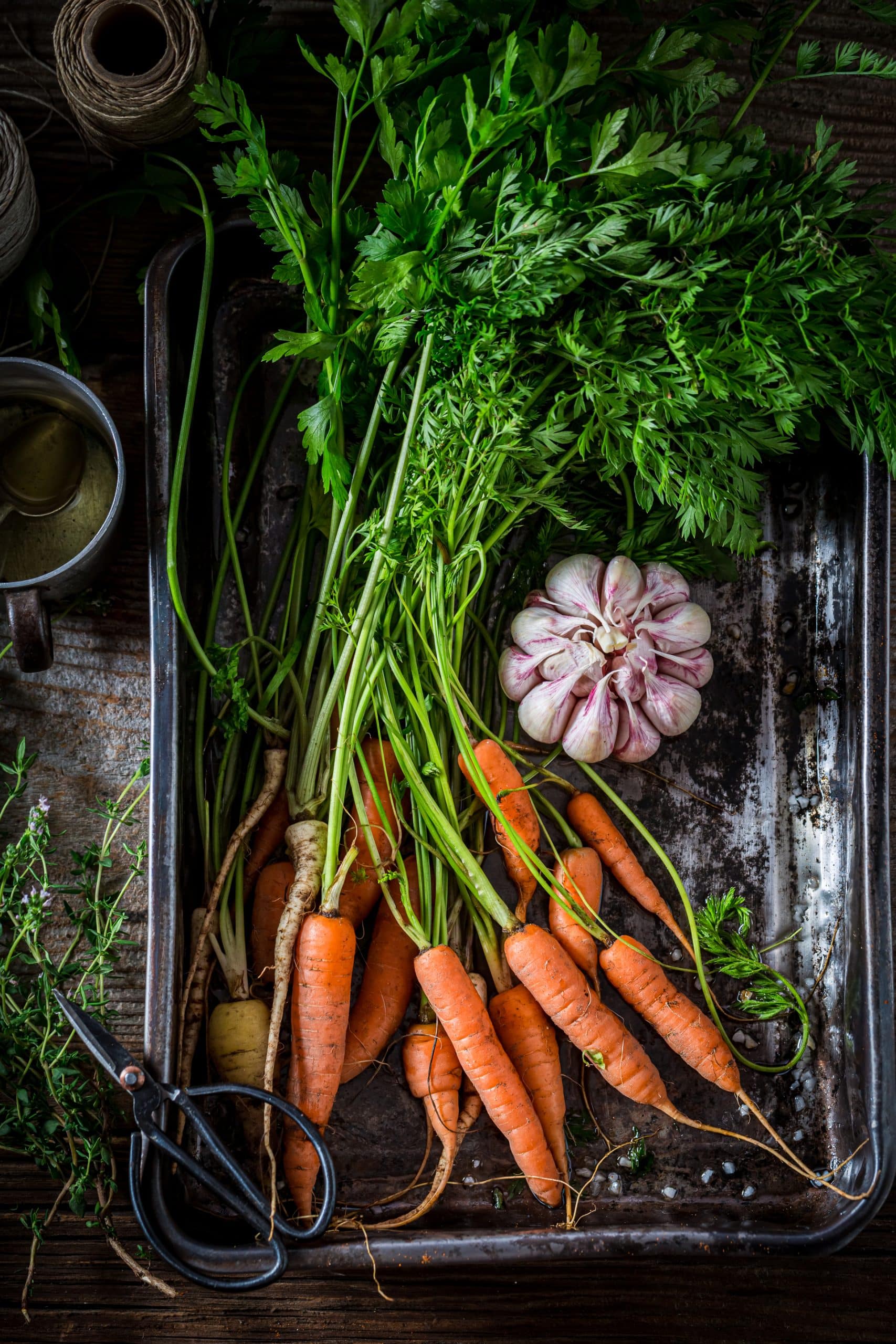The delectable British classic Beef Wellington is a dish that demands precision, patience, and a fine sense of taste. It’s a creation of tenderloin beef wrapped in a flaky puff pastry, with a layer of mushroom duxelles and prosciutto in between. The recipe can take a lot of time, but the result is worth every minute spent in the kitchen. The beef is tender, juicy, and the pastry is nothing short of perfection. Let’s delve into the crucial steps that will help you cook a gourmet British Beef Wellington.
Choosing the Right Cut of Beef
To start, the cut of beef is essential in creating a perfect Beef Wellington. The tenderloin cut is the preferred choice due to its tender texture and its ability to cook evenly. It’s a lean piece of meat that’s perfect for a dish like Beef Wellington that wraps it in a pastry shell to lock in the juices and flavor.
En parallèle : What’s the Secret to a Gourmet English Trifle with Sherry-Soaked Sponge?
Once you have your beef tenderloin, it’s time to season it. Add a generous amount of salt and some freshly cracked black pepper. Remember, this is the only time you would be seasoning the beef itself, so don’t be shy with the spices. After seasoning, sear it in a hot pan with a little bit of oil. This gives the meat a rich, brown crust and locks in the flavors. The searing process only takes a few minutes, but it makes a significant difference in the overall taste of the dish.
Preparing the Mushroom Duxelles
The mushroom duxelles is essentially a finely chopped mixture of mushrooms, onions, and herbs cooked down into a paste. It’s a classic French technique that adds an array of flavors to the Beef Wellington. Use a food processor to finely chop mushrooms; this reduces the time and ensures the texture is just right.
A découvrir également : How to Prepare a Gourmet Whiskey and Orange Marmalade Bread and Butter Pudding?
In a pan, heat a little oil and add the finely chopped mushrooms, stirring occasionally. The mushrooms will release their liquid and this should be cooked off. Once the mushrooms start to brown, add minced garlic and shallots, and continue to cook until the mixture is dry. This is your mushroom duxelles, a flavorful component that gives the Beef Wellington its unique taste.
Wrapping the Beef in Prosciutto and Pastry
Once the beef is seared and the mushroom duxelles is prepared, it’s time to assemble the Beef Wellington. Lay out a sheet of plastic wrap and place prosciutto slices on it, slightly overlapping. Spread the mushroom duxelles over the prosciutto, and then place the cooled tenderloin at the edge.
Using the plastic wrap, roll the prosciutto and mushroom duxelles around the beef, creating a tight wrap. Then chill it in the fridge for about 15 minutes to firm up before wrapping in the puff pastry.
To wrap the beef in pastry, roll out a puff pastry sheet large enough to envelop the beef entirely. Place the wrapped beef on one edge of the pastry, fold over the edges, and roll the pastry around the beef. Cut off any excess pastry and seal the edges with a little beaten egg.
Roasting the Beef Wellington
The last step is to roast the Beef Wellington. Preheat your oven to 200°C (around 400°F) and place the Beef Wellington seam-side down on a baking sheet. Brush the top with a little beaten egg to give the pastry a beautiful golden-brown color when baked.
Roast the Beef Wellington for around 25 minutes for medium-rare or longer if you prefer your beef more cooked. The pastry should be golden and crisp, and the beef cooked to your liking. Remember to rest the Beef Wellington for about 10 minutes before cutting into it to ensure the juices are evenly distributed.
Final Tips for a Perfect Beef Wellington
The secret to a perfect Beef Wellington lies in the details. For instance, make sure the mushroom duxelles is dry before spreading it on the prosciutto. If it’s too wet, it could make the pastry soggy. Also, chilling the wrapped beef before encasing it in pastry helps maintain its shape during baking. Lastly, giving it adequate resting time after roasting ensures the beef remains juicy and tender.
By following these steps and tips, you can prepare a gourmet-quality Beef Wellington right in your kitchen. It takes a bit of practice and patience, but once you nail it, the result is incredibly rewarding. So, don’t hesitate to try your hand at this classic British dish.
Substituting Foie Gras for Mushroom Duxelles
In some versions of the Beef Wellington recipe, foie gras is used in place of, or in addition to, the mushroom duxelles. Foie gras adds an extra depth of flavor and a luxurious touch to the dish.
To prepare the foie gras, slice it into thin pieces and sear them quickly in a hot pan. Remember, foie gras is quite rich and gets easily overcooked, so keep the heat high and the cooking time short. Let it cool before using it in the Beef Wellington preparation.
To incorporate foie gras into your Wellington recipe, simply layer it over the mushroom mixture before placing the beef tenderloin on top. This way, the foie gras gets nestled right between the mushroom duxelles and the beef, enveloping the tenderloin with its intense, buttery flavor.
If foie gras isn’t to your liking or if you’re looking for a more affordable option, consider using pâté or even a layer of caramelized onions for added flavor. Experiment with different ingredients to find your preferred take on the classic Beef Wellington.
Pairing Beef Wellington with a Perfect Red Wine
No gourmet meal is complete without the right wine. With its rich flavors and hearty texture, the Beef Wellington pairs beautifully with a robust red wine. Bordeaux, Cabernet Sauvignon, or a well-aged Merlot makes an excellent choice.
The strong tannins of these wines balance the richness of the beef and the puff pastry, enhancing the overall dining experience. However, if you prefer a lighter wine, consider a Pinot Noir or a Zinfandel. These wines still have substantial body, but they won’t overpower the flavors of the Beef Wellington.
When serving, remember to decant the wine at least 30 minutes before pouring to allow its flavors to open up. This small step can dramatically improve the tasting experience and complement your delicious Beef Wellington.
Conclusion: Savoring Your Homemade Gourmet Beef Wellington
After following these detailed steps and tips, you will be ready to serve your homemade Beef Wellington. Slice it with a sharp knife to reveal the beautifully layered inside – the golden puff pastry, the flavorful mushroom duxelles or foie gras, and the juicy, medium-rare beef tenderloin.
Remember, the key to a perfect Beef Wellington lies in the patience and precision in the preparation. From selecting the right cut of beef and preparing the mushroom mixture to achieving the ideal internal temperature and letting the Beef Wellington rest, each step contributes to the final gourmet result.
Although it might seem like a daunting task, don’t be deterred. Each time you prepare this recipe, you’ll get better. And the satisfaction of presenting and enjoying a homemade, gourmet Beef Wellington is well worth the effort.
So, put on your apron, heat up the oven, and get ready to make a Beef Wellington that would make even a British chef proud. Don’t forget to save this recipe for your next impressive dinner party or a festive holiday meal. Happy cooking!











